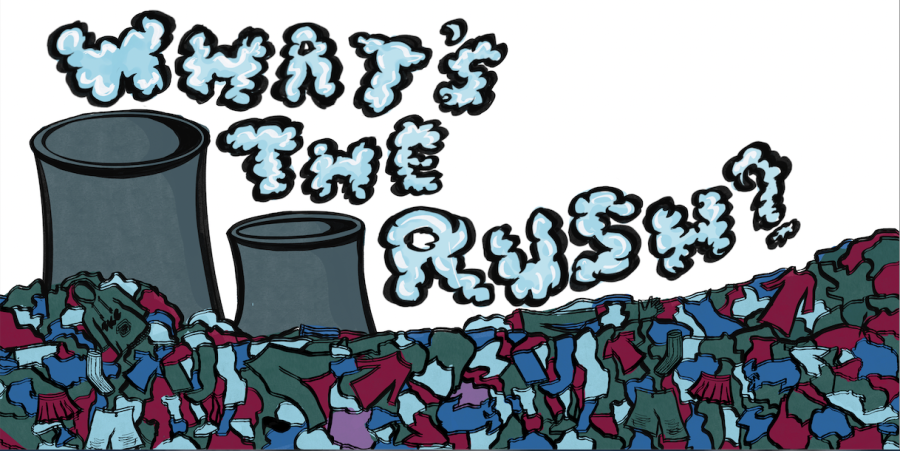The counseling room is tense, the air thick with anxiety and hesitation. The counselor intently listens to the young boy across from her as he cautiously shares his story, recalling memories of his parents’ substance abuse and being on the street with his mother, resulting in foster care at the age of 10. That impressionable age marked the start of his own drug abuse journey when he fostered the belief that drugs were his only way to cope.
That’s where people like Blair Howell come in. A psychiatric nurse practitioner, she works at Family Counseling Center (FCC) Behavioral Health, an outpatient clinic. Howell sees a wide variety of patients, many contributing to the narrative of teenage drug abuse that several professionals witness firsthand.
“A lot of these kids I see don’t have any guidance [at home],” Howell said. “What I hope to bring to them is guidance and understanding of how dangerous substance use can be.”
Howell said many of the patients she sees start abusing substances because they’ve never been taught how to properly cope with their emotions. Their environment has led them to believe this pattern is normal, Howell said, as they were never provided the education on how dangerous it can be.
“I feel substance abuse is a really prevalent issue amongst teens, and a lot of it starts at home with parenting,” Howell said. “Unfortunately, some kids just don’t have at-home guidance, which is where I feel the schools should step up and offer it.”
Issurah King, the Health Education Coordinator for the substance abuse program for St. Louis County Department of Public Health, also said she believes in the importance of educating the community. Since substance abuse and opioid overdose have been impacting many people of various ages, she said she wants to provide more information, especially to adolescents, to help them know how to reverse opioid overdose.
“I was very grateful to find this opening at St. Louis County DPH because I can still make a difference in [the] community,” King said. “It’s a very stigmatized community, so I’m grateful to be in this position now.”
King said her job entails informing St. Louis about opioid overdose, with the addition of the distribution of Narcan, the life-saving drug that reverses opioid overdoses. The Department of Public Health has a mail-out program where they are able to send out Narcan and their new harm reduction kits to people within St. Louis County.
“Harm reduction doesn’t negate the negative impacts of drug use,” King said. “But allows people to have resources, such as Narcan, so they can have better outcomes as they are on their path towards recovery.”
King said she strongly believes in harm reduction, a movement that helps lead to recovery and provides people with better life outcomes overall. It focuses on placing the person who uses the drugs front and center while allowing them to have resources as they are on their path to recovery. The practice also concentrates on those who find themselves confused on how to continue if their friend or family member is abusing drugs.
“Harm reduction also enables [family and friends] to love within the parameters that they feel they’re capable of doing without causing harm to themself,” King said. “It allows them to continue that relationship, even if they have to modify it while that person goes through that.”
Sarah Khoan, a Care Coordinator who deals with substance abuse, said she believes substance abuse is the symptom of something greater, reflecting your home-life and social circle. Khoan works at FCC, where she deals with adolescents who have gotten into trouble at their schools regarding drugs. She said she was encouraged to work with the youth after her older clients expressed remorse for her not treating them when they were younger, as they feel they may have never gone down the path that they did. Khoan said her approach to her clients vary case by case to help create a more personal connection.
“There’s no one answer that’s correct in this field and I think that’s where we mess up,” Khoan said. “We come in and try to have a blanket answer and that’s not what this field is. Everybody’s addiction looks different, so you have to find out what your client needs [at] that moment.”
Khoan said the core of the issue all comes down to the lack of education. With more trauma-informed people and programs within high school, she said she believes the issue on drug abuse will open up a real and honest conversation involving youth.
“[People] aren’t providing enough education because we’re scared of touchy subjects with youth who haven’t gone through it,” Khoan said. “But at some point in time, we’ll have a family member or friend that goes through it and we should all have that education to be able to help. We’re just scraping the surface.”











